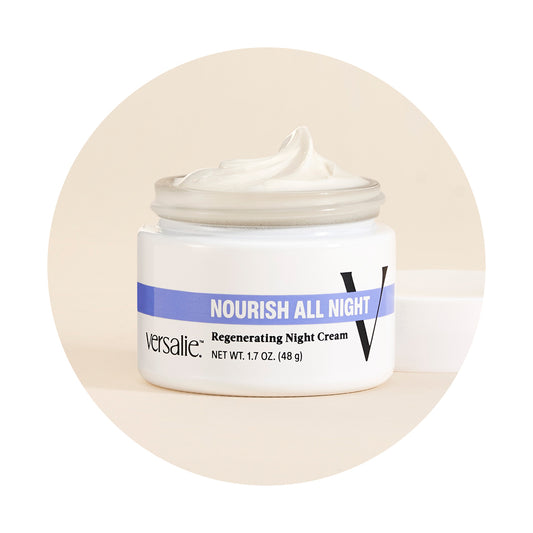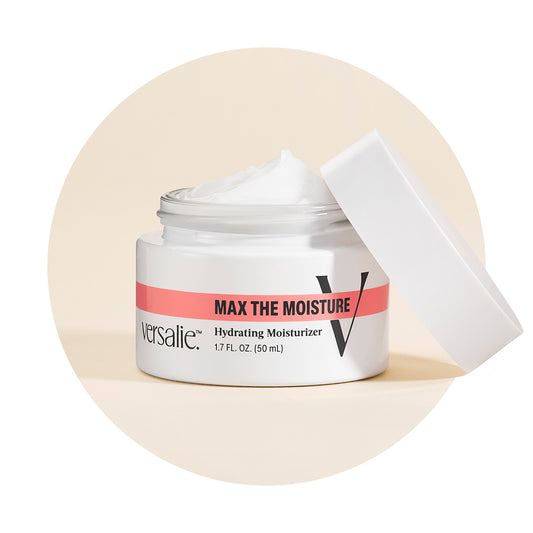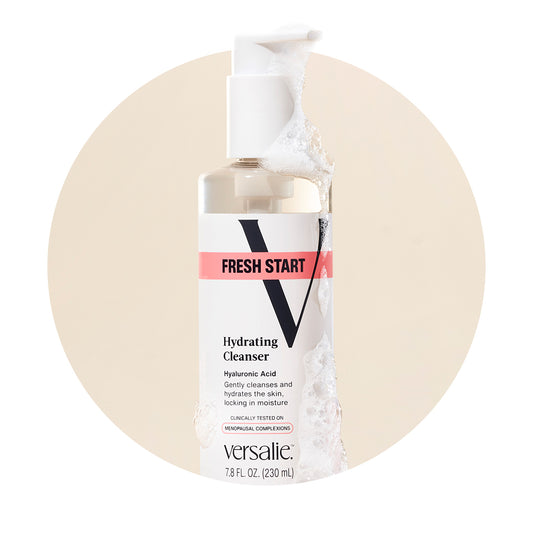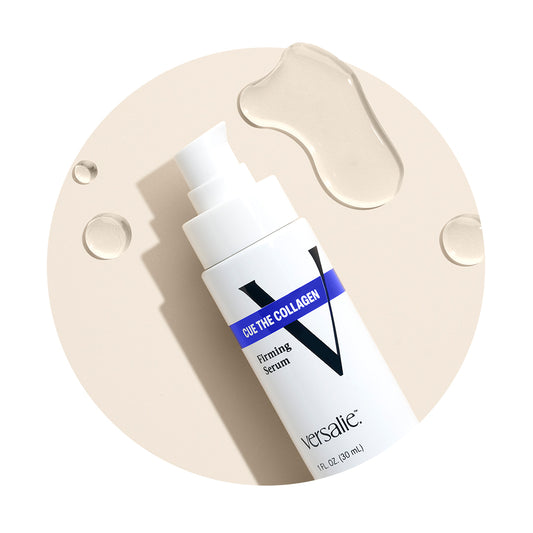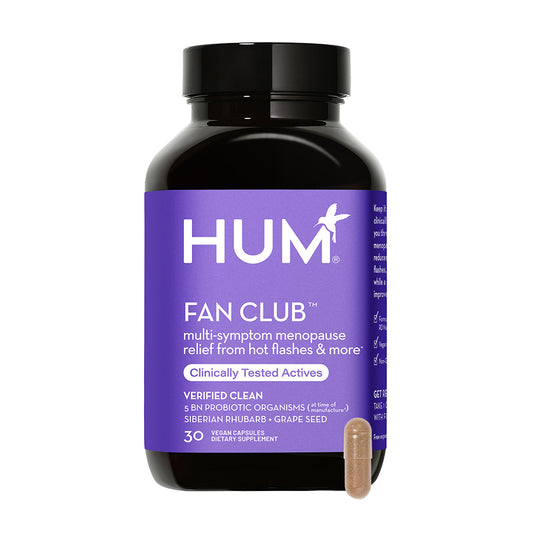Menopause symptoms sure have a way of making you feel like you’re not in control — of your body or your mind. And this can be incredibly stressful. Then add increased demands at home and at work – like ageing parents, kids leaving home, career changes — and you might feel ready to run away. If you feel more stressed than you’ve ever been before, you’re not imagining it. The hormonal changes during perimenopause can raise cortisol (our stress hormone) levels.
It can’t be avoided, but we also know that chronic stress isn’t good for our bodies. It can be linked with a whole slew of health issues, including high blood pressure and increased heart rate, gastric reflux, headaches, blood sugar dysregulation, and depression, just to name a few. It can also affect our relationships with others, as we might find ourselves being more negative and impatient.
Luckily, we have the power to minimize stress by using our body’s own relaxation response, which is a deep state of rest that changes our body’s physical and emotional responses to stress. The relaxation response is the opposite of the stress response and helps us have slower breathing, lower blood pressure, and a reduced heart rate. And of course, please talk to your healthcare provider if you have questions or concerns about your stress level or any of the techniques or approaches in this article.
What are the different types of menopause relaxation techniques?
Here are some effective relaxation techniques that you can consider to bring about your own relaxation response — anytime, anyplace.
Box breathing
Yes, breathing is something you’ve been doing your whole life — without really thinking about it. But learning how to practice controlled breathwork can be a powerful tool to help lower stress levels fairly quickly. Box breathing is a type of deep breathing that can be done anywhere and under any condition. In fact, it’s even used by members of the military to help with stress and performance. It’s called box breathing because there are 4 steps of equal length for one round of box breathing:
- Start with inhaling for 4 seconds.
- Next, hold your breath for 4 seconds.
- Then, exhale for 4 seconds.
- And finally, hold your breath again for 4 seconds.
- Repeat those steps for as many times as you need.

Progressive muscle relaxation
This simple process not only helps relieve muscle tension, but it can also help you recognize and be more mindful of what true relaxation feels like throughout different parts of the body. Consider giving it a try.
- First, lie down on your back in a comfortable spot. You can close your eyes if you’d like.
- Breathe deeply a few times, inhaling through your nose and exhaling through your mouth.
- On the next inhale, starting with your toes, tense and hold those muscles for approximately 5 seconds. As you exhale, release those muscles until the area feels limp and loose.
- Repeat the tensing and releasing of your muscles as you move up your body: calves, knees, thighs, buttocks, abdomen, hands, arms, shoulders, jaw, and face.
- If you feel dizzy while doing this, you can breathe normally while doing this.
Meditation
Meditation is often something that people feel intimidated by or feel that they’re not very “good” at. But broken down into its simplest form, meditation is about using different methods to calm and clear your mind (and couldn’t we all use a little bit of that?). You might focus on a particular sensation, phrase, or just be present without judging any of the thoughts that float into your mind. There are many mobile apps out there that can help you get started and experiment with what type of meditation might work best for you.
Whether you can maintain that focus for 30 seconds or 30 minutes, intentional practice is what can bring you benefits. Meditation is like any other exercise — no one is “good at it” from the beginning. You have to practice it to get better.
One type of meditation you can do is called a body scan. In a body scan, you take inventory of how each part of your body feels without tensing or releasing and without labeling the sensations as good or bad. You just can focus on how it feels, focusing your attention on that body part.
- Sit in a chair or lie on your back. Close your eyes and take a few deep breaths.
- Turn your focus to your right foot for 3-5 seconds and merely take notice of how it feels – the pressure on the floor, the warmth of your socks, etc.
- Imagine sending your inhales and exhales to that area.
- Move your focus up through other parts of your body and repeat the exercise of just noticing how they feel.
- When done, take notice of how your body feels, then breathe deep before slowly opening your eyes and perhaps even stretching.
Mindfulness
Another type of meditation you can do is called mindfulness. The purpose of mindfulness meditation is to take focus off events from the future and past and instead focus on this very moment. While it may sound simple, you might be surprised how persistent uninvited thoughts can be. But try not to get frustrated — even people who meditate often have thoughts that float in. The more you practice lightly batting these thoughts away, the easier it can be. If you have the time to sit still for a bit, give this a try:
- Find a quiet place without distractions.
- Sit in a comfortable chair, keeping your back straight.
- With eyes closed, focus on something you are doing right now. That could be a focus on your breathing, or your belly rising and falling, or a word you choose to repeat.
- As distracting thoughts inevitably invite themselves in, simply turn your attention away from them and refocus on the present, without judgement.

You can also practice meditation doing everyday activities. Consider giving some of these a try:
- Mindful eating. Instead of zoning out or being distracted by your phone or TV, have a meal where you look at, taste, and savor your food.
- Mindful walking. As you are out for a walk, be intentional about paying attention to the placement of your feet, the noises around you, any smells you notice, etc.
- Mindful cooking or food prep. While you’re preparing your next meal, focus on each task you’re doing, whether it’s stirring something in a pot, chopping vegetables, or shredding cheese.
Visualization or guided imagery
Believe it or not, it is possible to feel more relaxed just by imaging you’re in a more relaxing, peaceful place. What does that place look like? Smell like? Sound like? Taste like? Perhaps it’s somewhere you’ve been before — a favorite beach or vista. Or perhaps it’s a place you create. As that scene comes into view in your head, bring that sense of calmness and relaxation into your body. Enjoy a few moments (or more, if you can!) just enjoying that scene.

What are other ways to relax and destress?
In addition to these techniques, here are some other things you can try to do on a regular basis to help combat stress:
- Stay physically active. When you exercise, your brain releases chemicals that help you feel good. Try choosing a rhythmic exercise with a repetitive movement, which can be effective at producing a relaxation response — such as walking, running, rowing, or swimming.
- Eat healthy. When we’re stressed, sometimes all we can think about is reaching for a sweet treat. And while it momentarily helps, the feeling doesn’t last. Before we know it, the stress comes back. So, it’s important to make a conscious effort to reach for foods that can benefit your body and mind, like lean protein, veggies, fruits, and whole grains.
- Talk about what’s on your mind. When we keep our challenges bottled up inside, we can feel it in our chest. It’s important to release that accumulating stress by sharing your concerns with a friend, family member, or professional therapist.
- Limit alcohol. Like sweets, alcohol has a way of making you feel as if your stress levels are decreasing. But here, too, that feeling is only temporary. In fact, higher stress levels have been linked to higher alcohol use. So, if you’re out enjoying a night out with friends, try alternating wine or mixed drinks with plain or soda water.
- Get a good night’s sleep. We know, menopause symptoms like night sweats can make that easier said than done. But a little preparation can help you clock in some quality zzz’s. First, invest in sheets and sleepwear made from breathable fabrics, such as bamboo or linen. It’s also a good idea to keep the thermostat at a lower temperature and keep a cold glass of water nearby.


